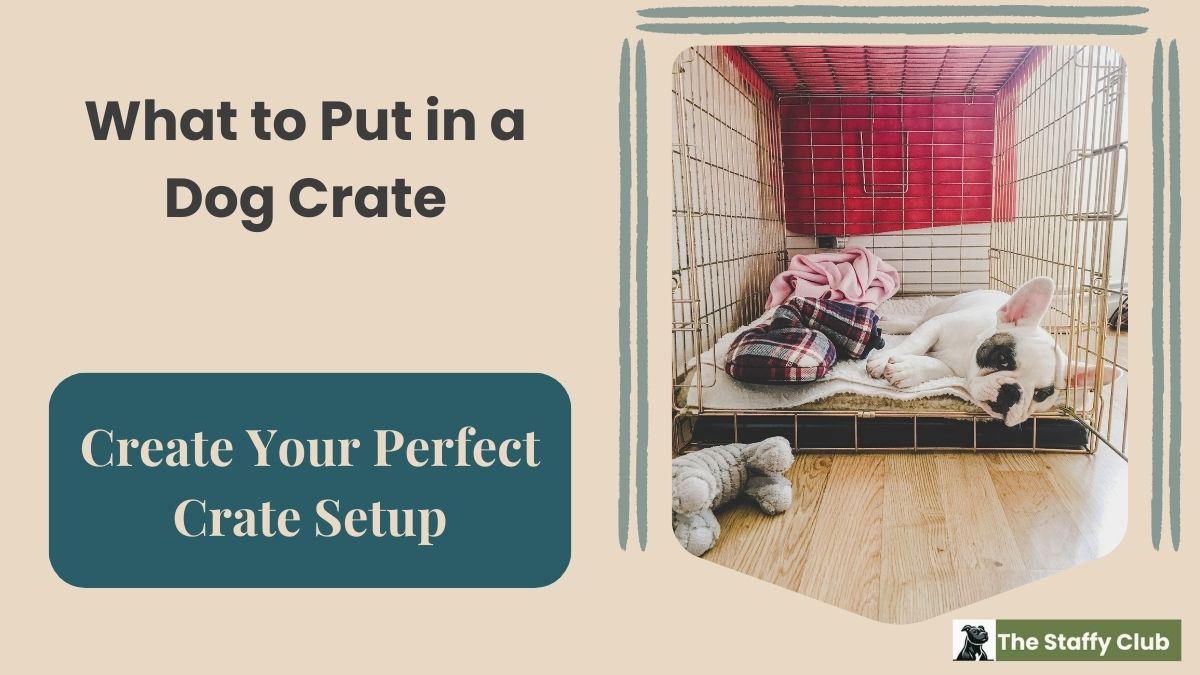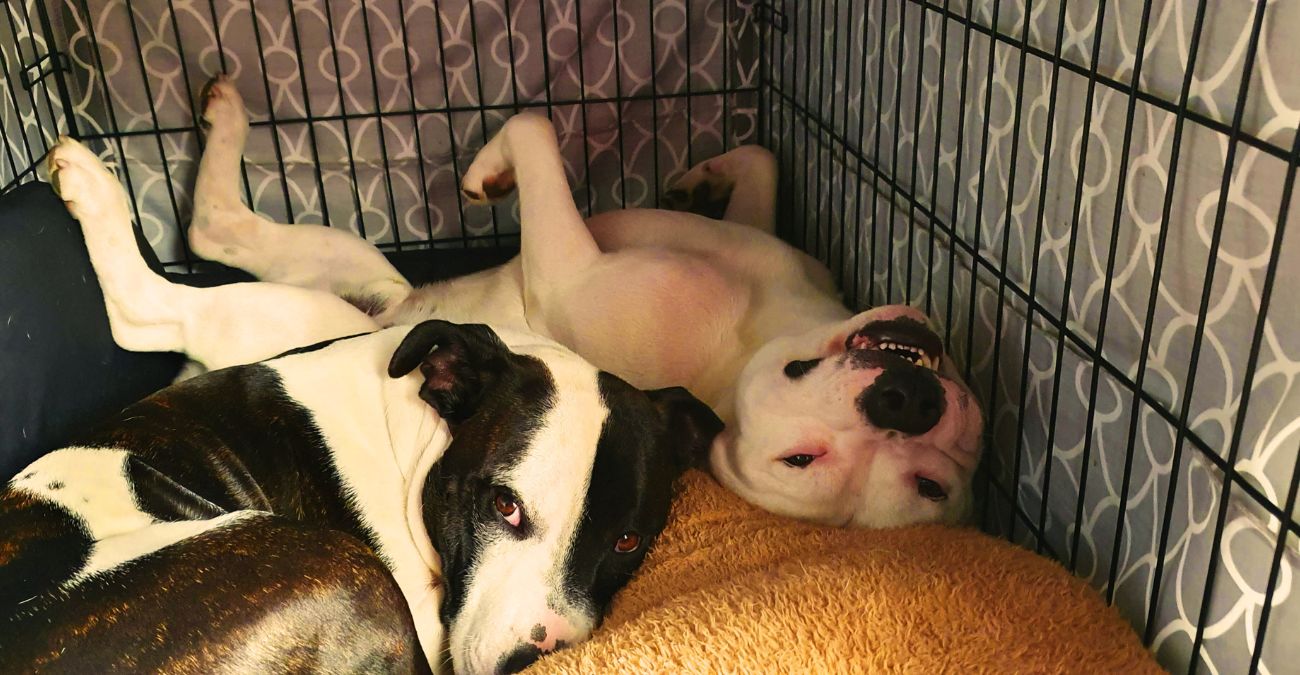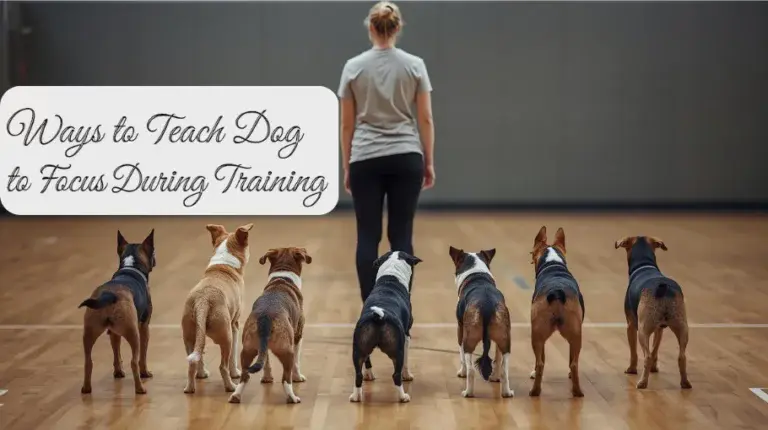What To Put In A Dog Crate

Setting up a dog crate isn’t just about picking the right size—it’s about choosing the best items to make it comfortable, safe, and practical for your dog’s needs. The right setup can help prevent boredom, reduce anxiety, and ensure your dog is happy and secure when crated.

The Essentials for a Dog Crate
There are only three absolute essentials for a dog crate: a bed, a blanket, and a suitable toy.
- Bed – Provides a comfortable place to rest, not just sleep in at night. It’s for nap time too.
- Blanket – Adds warmth, and more often than not, acts as a comfort blanket with a familiar scent.
- Toy – Prevents boredom, especially for pups who tend to wake up earlier than you.
Without a toy, dogs might chew on their bedding to pass the time. With these three essentials, your dog will feel comfortable, safe, and entertained.
The Best Bedding for a Dog Crate
The best bedding for a dog crate is one that lasts and meets your dog’s needs.
- For puppies – Choose an affordable bed, as they’re likely to chew it up.
- For adult dogs – Upgrade to a plush bed once they outgrow the chewing phase (if desired).
- For older dogs being crate-trained – Stick with inexpensive, easy-to-replace bedding initially.
3 Tips for a Puppy Crate Setup
- Waterproof Isn’t Potty-Proof: Waterproof beds are great for easy cleanup, but they don’t absorb accidents. For potty-training pups, they could end up lying on pooled liquid. Waterproof beds are better suited for wet paws, not potty training.
- Remove Labels and Tags: Labels attract chewing. Once torn off, the stitching can unravel, making it easy for your pup to destroy the bed. We learned this the hard way when a Staffie pup shredded a supposedly indestructible Vetbed® after tearing off the label.
- Choose Seasonal Bedding:
- Summer – Use cooling mats to prevent overheating.
- Winter – Opt for chew-resistant, insulated beds.The key is comfort—nothing too hot or too cold.
Supportive Bedding for Senior Dogs
Just like humans, dogs need the right mattress to sleep well. The right bedding can provide the support they need, especially for aging joints.
Crate Bedding for Specific Needs
- Orthopedic Memory Foam – Supports aging joints and dogs with arthritis.
- Bolster Beds – Raised edges provide head support and ease anxiety. Dr. Chyrle Bonk suggests these are especially helpful for dogs with anxiety.
- Cooling or Thermal Beds – Cooling mats help thick-coated dogs, while thermal beds keep cold-sensitive dogs warm. Avoid covering the entire crate with a thermal bed—give them the option to move off if they overheat.
- Blankets – Dogs instinctively burrow under them for warmth and security.
- Crate Mats – Simple and easy-to-fit options in various thicknesses and materials.
Useful Dog Crate Accessories
- Bolt-On Water Bowls – Essential for dogs crated for extended periods. The PDSA recommends not leaving dogs crated for longer than three hours. If you need to, a bolt-on water bowl ensures they can stay hydrated.
- Crate Covers – Creating a den-like space reduces stress. Covers are useful for calming overexcited dogs or providing quiet time.

Safe Toys for a Dog Crate
A study found that 94% of owners give their dogs edible chews, while 83% give them inedible chews. However, 4% needed vet visits due to swallowed objects.
Safe Crate Toys
- KONG Toys – Durable, non-toxic, and designed for the intended purpose. Chewing! Always check the size and choose one size up using the KONG Size Guide.
- Stuffless Plush Toys – Soft fabric toys without stuffing or squeakers, reducing choking risks.
Toys to Use with Caution
- Nylabones/Benebones – These can splinter and create sharp edges. Replace them when worn.
- Squeaky Toys – These encourage destructive chewing, so avoid them in crates.
Try the (near) safest crate-friendly toy for aggressive chewers.
Toy Rules for Crates
- Separate crate toys from playtime toys.
- Remove household items dogs might try to sneak in (like socks).
- Regularly check toys for damage and replace them when needed.
When to Crate Without Toys
Toys are helpful for preventing boredom, but they aren’t always needed during the day. Use the crate for short time-outs when dogs are overstimulated.
Crate Time-Out Tips
- Remove toys but leave the bedding and cover.
- Use a calm command like “relax” or “chill.”
- If needed, drop the crate cover to block distractions. (if you use one)
- Ignore whining—if they’ve been fed, watered, and don’t need a potty break, they’re seeking attention. Don’t give in.
Most dogs settle once they associate the crate with calmness rather than play.
Creating a Calming Crate Environment
A peaceful crate setup can help with anxiety and sleep. Try playing soft background sounds, like Relax My Dog on YouTube, or include a familiar scent, like a worn t-shirt, to comfort your dog.
Final Thoughts
A well-set crate balances comfort, safety, and engagement. The right bedding, safe toys, and practical accessories create a secure, stress-free space for your dog. Whether you’re preventing boredom, easing anxiety, or preparing for nighttime, knowing what to put in a dog crate ensures positive crate time.






